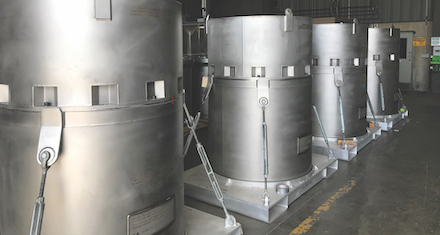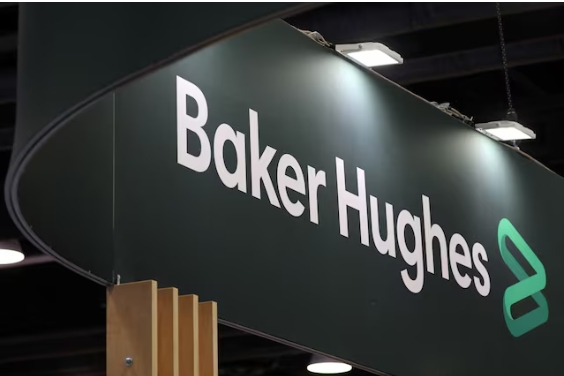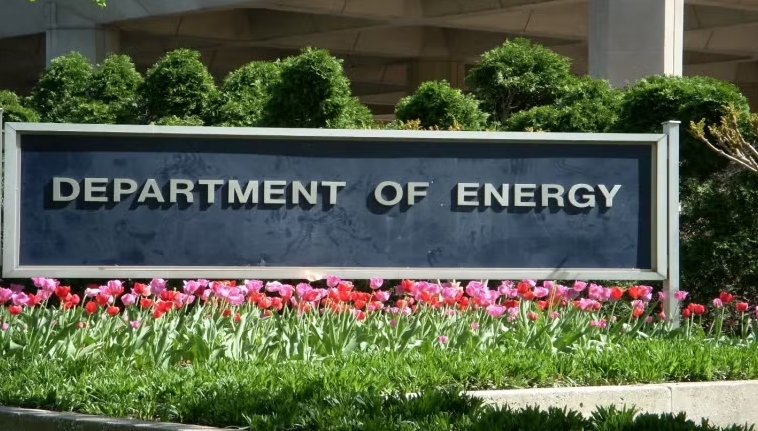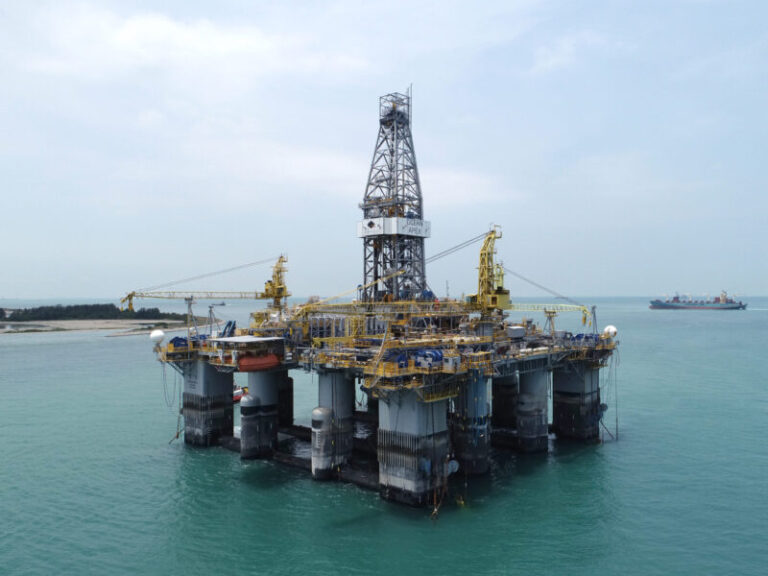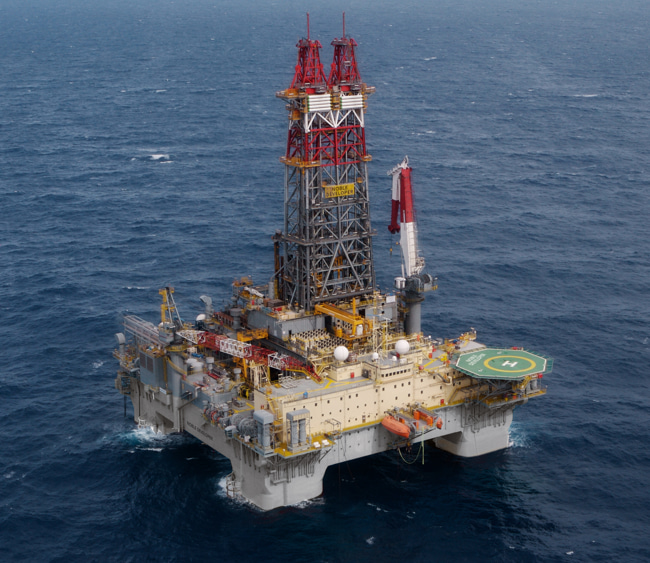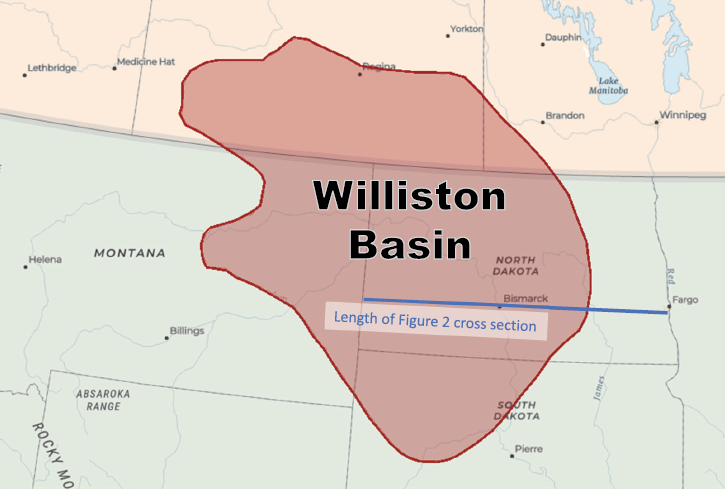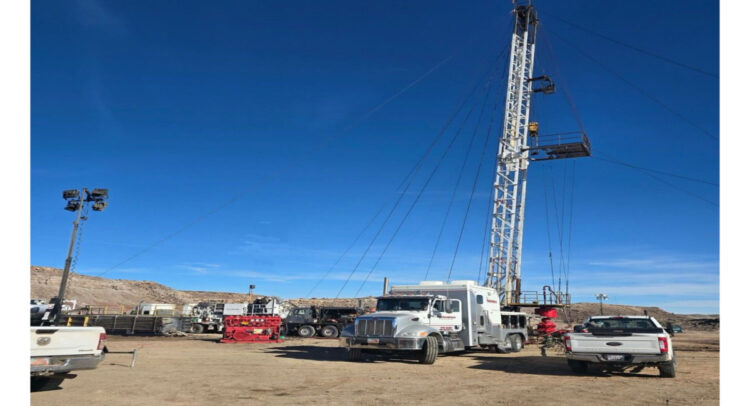With demand for SMR fuel expecting to soar, developers are working on new types of packaging systems. In response NAC International has revised its OPTIMUS® transport packaging system
To meet the anticipated near-term demand from SMR developers for the transportation of large quantities of high-assay low-enriched uranium (HALEU) fuel, new types of packaging systems are being developed by suppliers. NAC International’s continuing efforts to broaden the capabilities of their packagings show promise.
NAC had initially developed the OPTImal Modular Universal Shipping (OPTIMUS®) packagings to provide a fiscally and operationally efficient alternative for radioactive material transportation campaigns that relied on the existing packaging options such as large Type B packages or smaller, drum-size Type B packagings. Type B materials present a radiation hazard to the public or the environment and so a Type B package design must demonstrate an ability to withstand normal shipping conditions, but also severe accident conditions without releasing the contents. These Type B materials include intermediate level waste (ILW), transuranic waste (TRU), irradiated fuel waste (IFW), reactor components, experiment wastes, pool debris and reactor products (e.g., sources, irradiated materials, etc.).
The technology has continued to develop and the company has revised the design of its OPTIMUS® transport packaging systems to support HALEU transport and other fuels that are set to power the SMR revolution.
Transforming effectiveness
The versatility of the OPTIMUS® systems are inherently fundamental to their designs. The OPTIMUS®-L and the OPTIMUS®-H both utilize the same interchangeable Cask Containment Vessels (CCVs) and Shield Insert Assemblies (SIAs). Both types of packagings are configurable with multiple shield inserts, balancing the need for radiation shielding with a minimal shipping weight.
The OPTIMUS®-L packaging configuration is used for low-activity contents such as contact handled TRU waste, high-assay low-enriched uranium (HALEU), and low enriched uranium (LEU). The OPTIMUS®-H configuration is used for high activity contents such as remote handled TRU waste, LEU and fissile material.
Through the continued expansion of research and design efforts, NAC has developed various content-specific engineered inserts and baskets, further transforming the flexibility and usefulness of the OPTIMUS® systems.
The OPTIMUS® packagings are capable of transporting a wide array of radioactive materials, equipment, wastes, fresh fuels, and spent fuels of various activities. Currently designed inserts enable the safe and effective transport of everything from sealed sources to fissile materials such as Intermediate and High-Level Wastes, Highly Enriched Uranium (HEU) and Low-Enriched Uranium (LEU) including High-Assay Low-Enriched Uranium (HALEU)/TRISO fuels.
The OPTIMUS® systems are well-suited to support ongoing defueling and decommissioning efforts across the U.S. and abroad, but more importantly are on the cutting edge of safe and reliable transportation to support a variety of developing technologies, including the Unites States’ innovative space missions and HALEU development programs.
These small, light modular packages are easily handled and are ideal for facilities with restricted access and/or low crane capacity. The packagings are designed to support legal weight truck (LWT) shipments and can be used in multiple transport configurations.
NAC’s HALEU mission
In 2020 NEI forecast the nation’s HALEU demand at 137 tonnes in 2030 and 501 tonnes in 2035. The DOE recently committed US$5bn in funding to demonstration projects for the deployment of advanced reactors. These reactors, through the use of HALEU fuels, are smaller, more efficient plants with longer operating cycles compared to our current commercial fleet of BWR and PWR LEU reactor designs.
NAC funded an internal research and development (R&D) project in order to have pre-approved, certified packaging configurations available for HALEU contents. NAC performed the R&D to proactively support the development program and demonstration projects. Through this early expansion of the technology, NAC will help to mitigate potential packaging and transportation schedule delays to ensure the safe and effective transportation of fuels and fuel materials to maintain both HALEU fabrication and programme momentum.
NAC has recently completed design on inserts and baskets for the OPTIMUS® systems to accommodate the transport of various types of fissile materials and is currently developing inserts for solid fuel materials including TRISO compacts and pebbles. Existing NAC-engineered systems can enable thousands of TRISO compacts to be transported per legal weight truck shipment, and analyses demonstrate subcriticality (keff + 2σ ≤ 0.95) with significant margin for both dry and flooded conditions.
In June 2022, NAC International received a patent on the design production method for its OPTIMUS® transportation packages from the U.S. Patent and Trademark Office.
This is recognition of the original thinking that went into the development of this unique transportation system. The continued evolution of the now-patented Type B transport package product line includes the engineering and development of additional design, package, and content configurations of the technology to accommodate larger payloads while still maintaining the adaptability of the systems.
Through the perpetual integration of lessons learned during the initial and ongoing OPTIMUS® program development, packaging operations, and NAC’s keen engineering and design efforts, we intend to continuously optimize the technology to enable the transport of required materials and fuels to support further industry advancement.
Both OPTIMUS®-L and the OPTIMUS®-H are certified by the Canadian Nuclear Safety Commission (CNSC) under IAEA SSR-6 for shipments within Canada to support Canadian Nuclear Laboratories (CNL) missions. The OPTIMUS®-L is also certified by the U.S. Nuclear Regulatory Commission (NRC) under 10 CFR 71 while the OPTIMUS®-H is currently being reviewed by NRC.
Today, NAC is also in the final design and licensing stages of the newly developed OPTIMUS®-XL to accommodate dimensionally larger payloads with greater activities and dose rates. NAC is also in the theoretical design phase of another package for the OPTIMUS® product line, the OPTIMUS®-S, for micro-reactor transportation and other intermediate payloads. Both developing systems will be designed for legal weight truck transportation of radioactive materials and systems.
Benefits of handling a lighter package
The small size and weight of the OPTIMUS®-L packaging simplifies handling operations within a facility. Combined with its relatively large cavity size, payload weight capacity, and the ability to transport several packages on a single LWT shipment means it is suitable as packaging for transportation of different forms of HALEU fuels. This includes HALEU feedstock in the form of UO2 powder and TRISO compacts made from HALEU feedstock.
An independent evaluation of the OPTIMUS®-L packaging performed through a collaboration of Idaho National Laboratory (INL), Pacific Northwest National Laboratory (PNNL), and Oak Ridge National Laboratory (ORNL) and funded by the Department of Energy (DOE) Office of Nuclear Technology Research and Development (NE-4) confirmed a single legal weight truck (LWT) shipment of OPTIMUS®-L packages will transport 250% of the UO2 HALEU contents than is possible with an alternative, more traditional Type B(U)F packaging.
The attractiveness of the OPTIMUS® systems is their ease of operation. To date, all of the developed and proposed OPTIMUS® systems are designed for LWT on any standard 48’-53’ flatbed trailer, do not require over-height or over-width permitting, are easily handled by fork lift truck, and can safely and effortlessly be operated by a single technician.
In the last three years, NAC has fabricated and deployed over 26 OPTIMUS systems in conjunction with over 20 basket and insert assemblies. NAC is fabricating four additional systems and two shield insert assemblies to be delivered by Q4 2022. In addition, the two new OPTIMUS® package designs and several engineered basket assemblies are currently in the pre-approval planning and design phase with an anticipated 2024 deployment window.
In September 2022, the OPTIMUS®-L successfully executed its first domestic waste shipment to Waste Control Specialists (WCS) in Andrews, Texas, through Bionomics, Inc. (Bionomics), an Oak Ridge, Tennessee turn-key waste management company. John McCormick, Vice-President of Bionomics said, “In our work with the SCATR (Source Collection and Threat Reduction) Program, the importance of using the OPTIMUS® is obvious. The ease of handling and operation of the system, and the lower costs associated with its use in moving these devices will be paramount moving forward. There was a lot of planning and thought put into moving just this one device, but it was worth it.”
Today, NAC is in the final design and licensing stages of the newly developed OPTIMUS®-XL to accommodate dimensionally larger payloads with greater activities and dose rates. NAC is also in the theoretical design phase of another package for the OPTIMUS® product line, the OPTIMUS®-S, for micro-reactor transportation and other intermediate payloads. Both developing systems will be designed for legal weight truck transportation of radioactive materials and systems.
